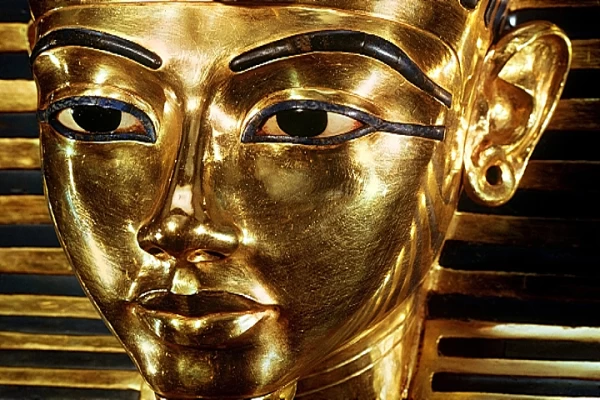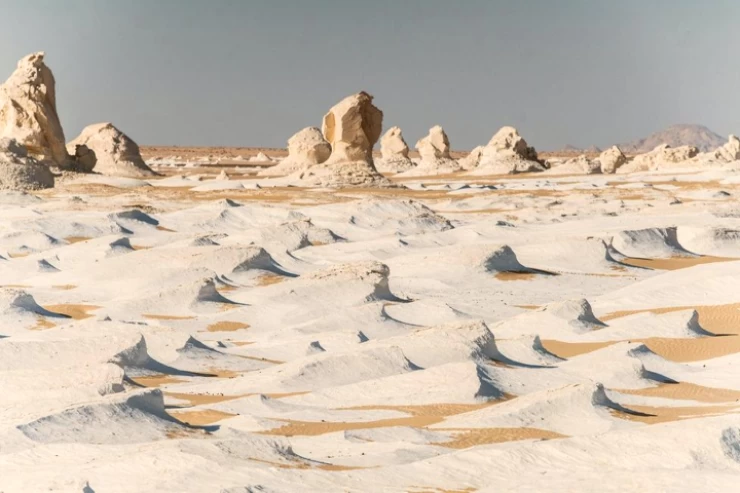
The Royal Mummies Parade
According to the transmission plan, it would be more like the rituals of the Pharaohs in the transfer of mummies, because the Pharaonic civilization was concerned with royal processions as part of the king's advancement, so that the procession would be dazzling to the people, and he had rituals related to his occasion, starting with religious processions, since the king was the representative of the gods, and even the processions of festivals, and finally the funeral procession, which had its own rituals.
In the funeral procession, the king was transported from the east, where he lived, to the west to be buried. The West, according to the ancient Egyptians, was closely associated with the dead, and the procession was always accompanied by prayers from the Book of the Dead, boxes containing all the king's possessions, and funeral music.
Twenty-two armored vehicles were allocated to transport the royal mummies from the Egyptian Museum in Tahrir to the Museum of Civilization in Fustat. The company overseeing the transportation process has rehearsed the route of the procession, which will include the armored cars, and each cart carrying the mummies will have one owner.
The motorcade is planned to be led by mounted military wheels from the Ministry of Interior and the army, and the commander of each military wheel will be dressed in an elaborate pharaonic uniform. The company also discussed how the royal mummies will move in and out of the museum, as well as the technical and engineering needs that must be met during the transportation process.
The number of mummies and coffins to be transported is 22 royal mummies and 17 royal coffins belonging to the 17th dynasty, 18, 19, 21 and 22, including 18 mummies of kings and 4 mummies of queens, and the royal mummies are currently undergoing sterilization operations at the Ministry's Research and Service Center, and from After transporting the mummies, it was decided to carry out a series of tests on them and place them in a nitrogen unit in the museum to sterilize them for 21 days, then begin placing them in storage and displaying them to the public.
The area designated for the display of the royal mummies will be several underground halls connected by a corridor from the entrance designated for the display of the 20 royal mummies, where each group of families is adjacent to each other, and we will start, for example, with the 18th family, the mummy of King Amenhotep, and the final group of the 18th family, then the group of Ramses, and the 20th family, and there will be pieces that accompany the mummy, from pieces that are with the king at the time of his unveiling, and x-rays that have revealed new information about the royal mummies and shown some of the golden amulets, in addition to wonderful pieces of some of the kings and visual information about another world in ancient Egypt.
The presentation begins in the main hall with the history of Egyptian civilization from prehistoric times to the modern era, according to its chronology, as it starts with the display of the structure of the young man dating back to about 55 thousand years, and for the first time is presented the confirmation that the Pharaonic civilization had implementations in stone history Before the construction of the pyramids, and the sequence of the display continues further, passing through different historical eras, up to the Islamic era and the period of Mohammed Ali, and the museum will show the















